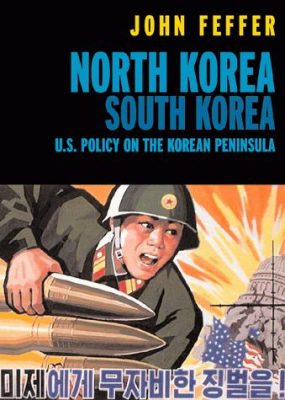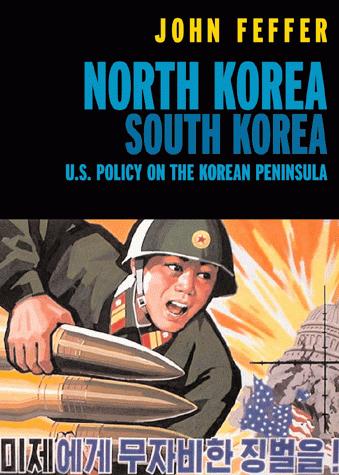 War is looming on the Korean peninsula. North Korea has declared that it possesses nuclear weapons. The United States is tightening an economic noose around the country in an attempt to force a regime change. The Bush administration is also keeping a military option on the table, a prospect that terrifies all the countries of East Asia, particularly South Korea. A terrifying spiral of tensions has resulted. The aggressive stance of the U.S. government has hardened North Korea’s position and threatened rapprochement between North and South. North Korea, meanwhile, is desperate to develop a deterrent that will prevent the Bush administration from following the Iraq scenario with a campaign of aerial bombing.
War is looming on the Korean peninsula. North Korea has declared that it possesses nuclear weapons. The United States is tightening an economic noose around the country in an attempt to force a regime change. The Bush administration is also keeping a military option on the table, a prospect that terrifies all the countries of East Asia, particularly South Korea. A terrifying spiral of tensions has resulted. The aggressive stance of the U.S. government has hardened North Korea’s position and threatened rapprochement between North and South. North Korea, meanwhile, is desperate to develop a deterrent that will prevent the Bush administration from following the Iraq scenario with a campaign of aerial bombing.
The Korean peninsula, divided for more than 50 years, is stuck in a time warp. Millions of troops face one another along the Demilitarized Zone separating communist North Korea and capitalist South Korea. In the early 1990s and again in 2002-2003, the United States and its allies have gone to the brink of war with North Korea. Misinterpretations and misunderstandings are fueling the crisis. “There is no country of comparable significance concerning which so many people are ignorant,” American anthropologist Cornelius Osgood said of Korea some time ago. This ignorance may soon have fatal consequences.
North Korea, South Korea is a short, accessible book about the history and political complexites of the Korean peninsula. The first section is a snapshot of the current crisis. The second and third sections will put these current developments in a political and economic context through an exploration of the history of the Korean peninsula and the worldview of the leadership in the North. The fourth section will concentrate on the shift in emphasis in U.S. foreign policy from engagement under the Clinton administration to containment under the Bush administration. The fifth section will expand the focus to look at the regional dynamic and the U.S. policy of “gunboat globalization” that seeks to expand U.S. economic and military influence in East Asia. The conclusion will explore practical alternatives to the current policy that build on the remarkable and historic path of reconciliation that North and South embarked on in the 1990s and that point the way to eventual reunification.
